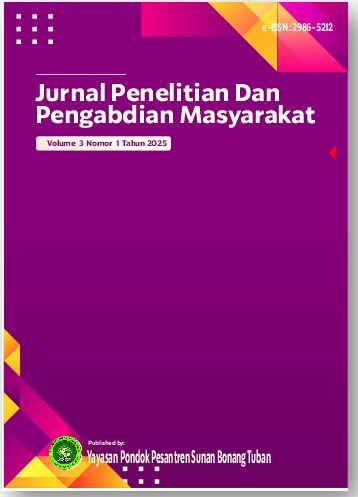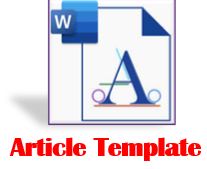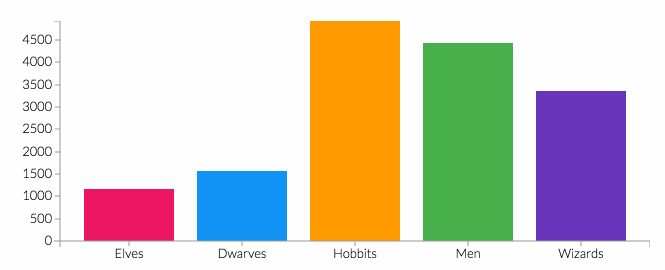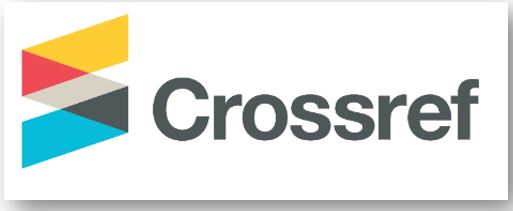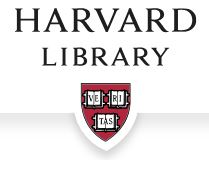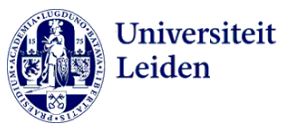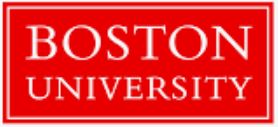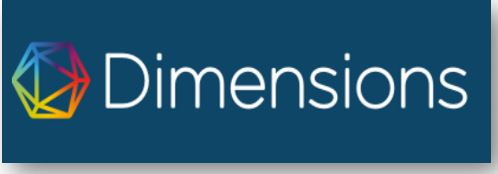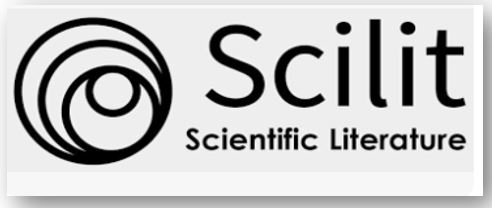Pelatihan Pangan Fungsional: Susu Kurma dengan Garam Himalaya untuk Cegah Stunting
DOI:
https://doi.org/10.61231/jp2m.v3i1.344Keywords:
Susu Kurma, Garam Himalaya, Stunting, Ibu Hamil, Bisnis BaruAbstract
This community service activity aims to enhance the understanding and skills of the residents of Dempel Village, Geneng Subdistrict, Ngawi Regency, in utilizing functional foods to support stunting reduction. The main focus is on training participants to produce high-nutrient date milk enriched with Himalayan salt, specifically targeted at pregnant women and members of the PKK women’s group. The team from PSDKU Agribusiness Management Campus 5 Ngawi provided education through counseling and hands-on practice in date milk production. This community service activity was conducted on January 16, 2025, in Dempel Village, Geneng Subdistrict, Ngawi Regency, attended by 20 pregnant women and PKK members. The outcome of this program was the successful understanding of the steps to produce date milk with Himalayan salt, enabling participants to independently replicate the process. In addition to contributing to stunting prevention efforts, this activity also serves as a foundational idea and creates new business opportunities for the community by developing economically valuable local products.
References
Abbag, F. I., Abu-Eshy, S. A., Mahfouz, A. A., Alsaleem, M. A., Alsaleem, S. A., Patel, A. A., Mirdad, T. M., Shati, A. A., & Awadalla, N. J. (2021). Iodine deficiency disorders as a predictor of stunting among primary school children in the aseer region, southwestern Saudi Arabia. International Journal of Environmental Research and Public Health, 18(14). https://doi.org/10.3390/ijerph18147644
Badan Kependudukan dan Keluarga Berencana Nasional (BKKBN). (2021). Laporan Prevalensi Stunting di Indonesia.
Das, J. K., Salam, R. A., Kumar, R., & Bhutta, Z. A. (2013). Micronutrient fortification of food and its impact on woman and child health: a systematic review. In Systematic reviews (Vol. 2, p. 67). https://doi.org/10.1186/2046-4053-2-67
Food and Agriculture Organization (FAO). (2020). Nutritional Benefits of Dates. Fao.Org.
Ginting, M., Mustafa, A., & Jaladri, I. (2020). PEDOMAN GIZI SEIMBANG BERBASIS PANGAN LOKAL TERHADAP PENGETAHUAN, ASUPAN DAN STATUS GIZI IBU HAMIL. Jurnal Vokasi Kesehatan, 6(2), 104–108. http://ejournal.poltekkes-pontianak.ac.id/index.php/JVK
Haryanto, T., & Suryani, R. (2019). Pemanfaatan Bahan Lokal untuk Meningkatkan Gizi Ibu Hamil. Jurnal Kesehatan Masyarakat, 15(2), 123–132.
Kecamatan Geneng. (2024, April). Geneng Bersinergi Tekan Angka Stunting: Prevalensi di Bawah Target Nasional. Https://Geneng.Ngawikab.Go.Id/.
Kementerian Kesehatan. (2024, June). MEMBENTENGI ANAK DARI STUNTING. Kementerian Kesehatan, 1–60. https://link.kemkes.go.id/mediakom
Kementerian Kesehatan Republik Indonesia. (2023). PROFIL KESEHATAN INDONESIA 2022. http://www.kemkes/go.id
Laksono, A. D., Wulandari, R. D., Amaliah, N., & Wisnuwardani, R. W. (2022). Stunting among children under two years in Indonesia: Does maternal education matter? PLoS ONE, 17(7 July). https://doi.org/10.1371/journal.pone.0271509
Lankester, T. (2019). Preventing and Treating Childhood Malnutrition. In Setting up Community Health and Development Programmes in Low and Middle Income Settings. Oxford University PressOxford. https://doi.org/10.1093/med/9780198806653.001.0001
Maulana, M., Herawati, N. K., & Wijaya, M. B. L. (2024). Stunting and Baby’s Milk: Evidence from Indonesia. Signifikan: Jurnal Ilmu Ekonomi, 13(1), 115–126. https://doi.org/10.15408/ sjie.v13i1.38624
Miller, J. D., Workman, C. L., Panchang, S. V., Sneegas, G., Adams, E. A., Young, S. L., & Thompson, A. L. (2021). Water Security and Nutrition: Current Knowledge and Research Opportunities. In Advances in Nutrition (Vol. 12, Issue 6, pp. 2525–2539). Oxford University Press. https://doi.org/10.1093/advances/nmab075
Nugroho, E., Wanti, P. A., Suci, C. W., Raharjo, B. B., & Najib. (2023). Social Determinants of Stunting in Indonesia. Kemas, 18(4), 546–555. https://doi.org/10.15294/kemas.v18i4.40875
Nurhasan, M., Ariesta, D. L., Utami, M. M. H., Fahim, M., Aprillyana, N., Maulana, A. M., & Ickowitz, A. (2024). Dietary transitions in Indonesia: the case of urban, rural, and forested areas. Food Security. https://doi.org/10.1007/s12571-024-01488-3
Pusat Pendidikan dan Pelatihan Kependudukan dan Keluarga Berencana. (2021). Buku Kebijakan Dan Strategi Percepatan Penurunan Stunting Di Indonesia. Pusat Pendidikan dan Pelatihan Kependudukan dan Keluarga Berencana. https://lms-elearning.bkkbn.go.id/ pluginfile.php/18037/mod_resource/content/1/4.%20Buku%20Kebijakan%20Dan%20Strategi%20Percepatan%20Penurunan%20Stunting%20Di%20Indonesia.pdf
Ratnayani, R., Sunardi, D., Fadilah, & Hegar, B. (2024). Nutrient intake and stunting in children aged 2-5 years in a slum area of Jakarta. Paediatrica Indonesiana(Paediatrica Indonesiana), 64(2), 132–138. https://doi.org/10.14238/pi64.2.2024.132-8
Salam, R. A., Macphail, C., Das, J. K., & Bhutta, Z. A. (2013). Effectiveness of micronutrient powders (MNP) in women and children. In BMC Public Health (Vol. 13, Issue SUPPL.3). https://doi.org/10.1186/1471-2458-13-S3-S22
Suharto, D. N., & Rantesigi, N. (2023). The Effect of Date Palm (Phoenix Dactylifera) Juice to Prevent Stunting. Jurnal Keperawatan Komprehensif, 9(2), 1. https://doi.org/10.33755/jkk
Wardani, L. K., Aulia, V., Hadhikul, M., & Kardila, M. (2023). Risks of Stunting and Interventions to prevent Stunting. Journal of Community Engagement in Health, 6(2), 79–83. https://doi.org/10.30994/jceh.v6i2.528
World Health Organization. (2017). Maternal Health: Guidelines Approved By The Who Guidelines Review Committee. https://www.who.int/publications/i/item/WHO-MCA-17.10
Downloads
Published
How to Cite
Issue
Section
License
Copyright (c) 2025 Mohammad Edwinsyah Yanuan, Cicik Retno Wati, Elis Rahmawati Mar’atus Sholihah, Waridad Umais Al Ayyubi

This work is licensed under a Creative Commons Attribution 4.0 International License.
You are free to:
- Share — copy and redistribute the material in any medium or format for any purpose, even commercially.
- Adapt — remix, transform, and build upon the material for any purpose, even commercially.
- The licensor cannot revoke these freedoms as long as you follow the license terms.
Under the following terms:
- Attribution — You must give appropriate credit , provide a link to the license, and indicate if changes were made . You may do so in any reasonable manner, but not in any way that suggests the licensor endorses you or your use.
- No additional restrictions — You may not apply legal terms or technological measures that legally restrict others from doing anything the license permits.
Notices:
You do not have to comply with the license for elements of the material in the public domain or where your use is permitted by an applicable exception or limitation .
No warranties are given. The license may not give you all of the permissions necessary for your intended use. For example, other rights such as publicity, privacy, or moral rights may limit how you use the material.

